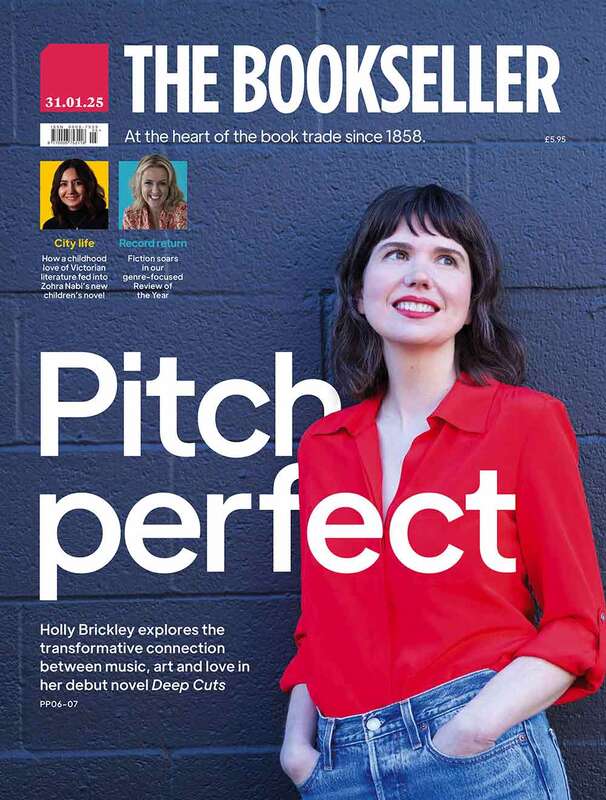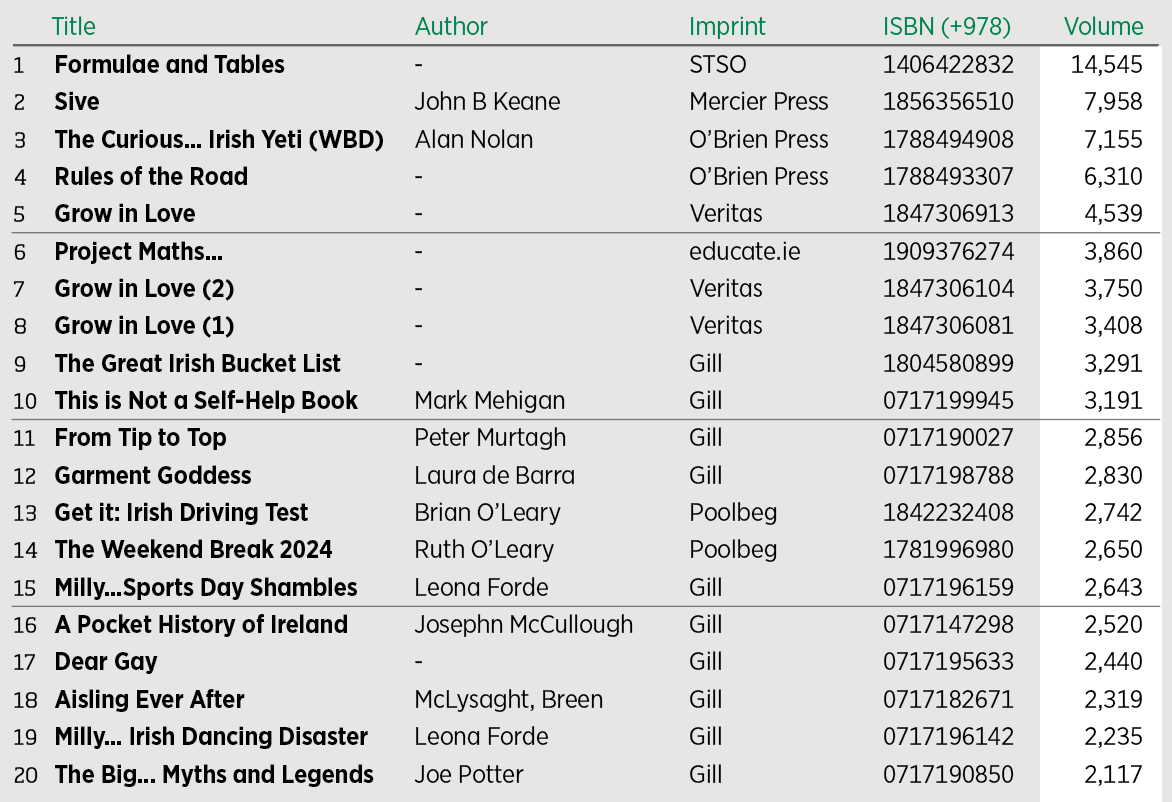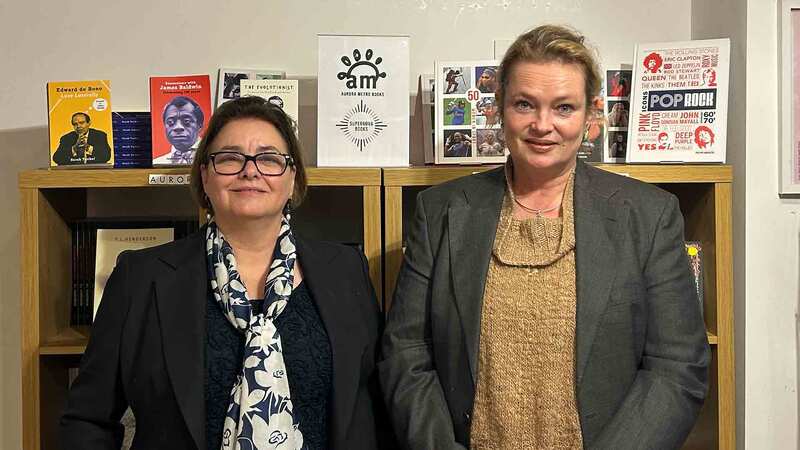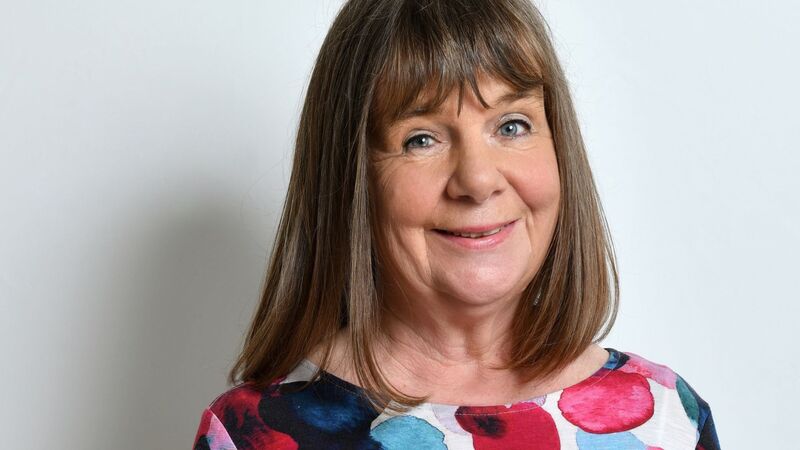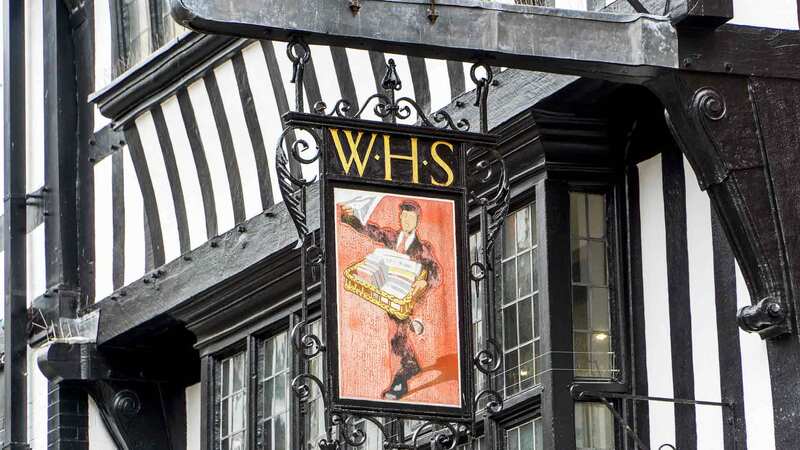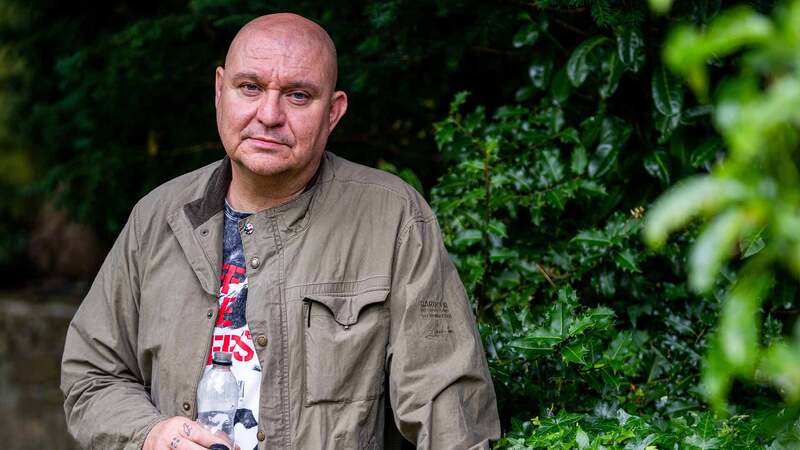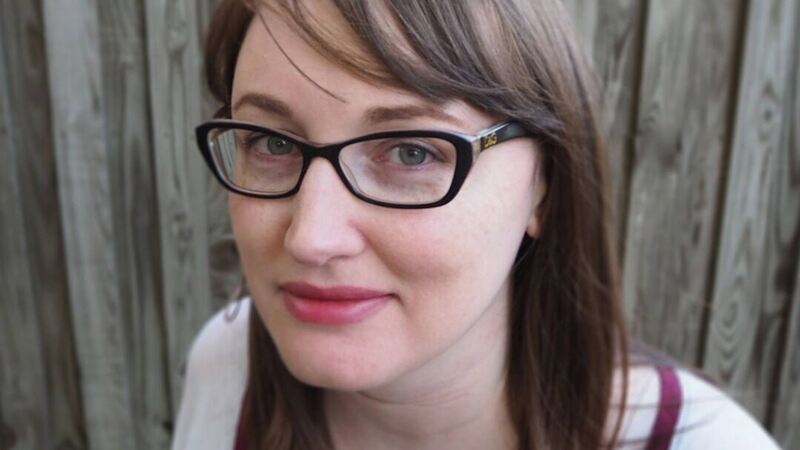Indigenous Irish publishers 2024 — Homegrown houses hold steady in Ireland
Children’s and non-fiction help Ireland’s indies keep pace with multinational

The independent publishing sector in Ireland has battled toe-to-toe with the conglomerates, with one-in-seven of the 5,000 most popular titles this year coming from homegrown houses.
With just over €6m spent on their titles in the first 33 weeks of the year through Nielsen BookScan’s Irish Consumer Market, indigenous Irish publishers’ share of the top 5,000 books in the ICM is 13.1%. Although, this is bit front-loaded, with nearly 18.9% of these sales generated from just the top 20 books. Incidentally, by “indigenous” we mean houses which are wholly owned within Ireland and not a satellite of a multinational. So, this excludes the likes of Penguin Random House’s Sandycove or Hachette Books Ireland—though we have a top five of books from those entities (see sidebar).
We have allowed the government-affiliated bodies like the Stationery Office, Dublin, though have excluded Prometric Ireland— the testing authority which has the contract to administer the driver theory exams as it is owned by an American company. At any rate, the Stationery Office’s Formulae and Tables—the dual-language companion to the maths leaving certificates—is the only book in the top 20 to shift more than 10,000 copies in the year to date.
The size of the Children’s book market for Irish publishers is much bigger than in wider ICM
If Prometric did feature, it would have two theory tests guides in this top 20. This is no surprise, as the post-Covid-19 boom of learner drivers—and huge driving test waiting lists—has been a consistent story in the Irish media of late. But indigenous publishers have claimed spots in the learning-to-drive space with a brace here: The O’Brien Press’ Rules of the Road and Brian O’Leary’s Get It!.
Second on the list by volume is The Mercier Press edition of John Keane’s 1999 play “Sive”, but with an average selling price of €12.36 it would top the value charts with an impressive €98,354—some €37,000 ahead of the book in second position, Dear Gay, a compilation of letters sent into RTE’s “The Gay Byrne Show” over the course of 25 years.
The genre-mix of this top 20 is broadly representative of the overall picture for indigenous Irish publishers in the ICM top 5,000, with 42.3% of the 714 titles falling into the Trade and Specialist Non-Fiction categories, a far larger share compared to the total ICM, where 28.4% derives from both Non-Fiction categories. The size of the Children’s books market for indigenous publishers is also much bigger than in wider ICM: a massive 51.2% compared to 28.9%.
The biggest-selling Children’s book on the list is Alan Nolan’s The Curious Case of the Irish Yeti, at third place on volume terms—but owing to it being on the 2024 World Book Day tranche, with an ASP of just €1.49, it ranks 142nd in value.
Leona Forde is the only author with more than one spot in the top 20, with two books in her Milly McCarthy series in 15th and 19th place. The County Cork-based teacher wrote the first book at the behest of her daughter, who wanted to read a Wimpy Kid-type story, but one not set in the US—or UK.
Both books help Forde to achieve total sales of 6,724 units and become the fourth bestselling author in the ICM top 5,000 for indigenous Irish publishers, beaten only by aforementioned Keane (7,958), Nolan (7,921) and fiction duo Sarah Breen and Emer McLysaght, who make it to third with 7,815 copies sold across six books in their Aisling series.
In stark contrast to the total ICM top 5,000, Fiction makes up just 6.5% of the indigenous publishers’ output. The Aisling series, coupled with the top 20’s sole other fiction writer, Ruth O’Leary, accounts for over 10,000 of the 28,391 fiction books sold. The Aisling series, Dear Gay and Leona Forde all help publisher Gill to top the indigenous publishers league table with an ICM top 5,000 revenue of €1.7m—the only publisher to break the seven-figure mark. The O’Brien Press is in second place, with just over €600,000.


